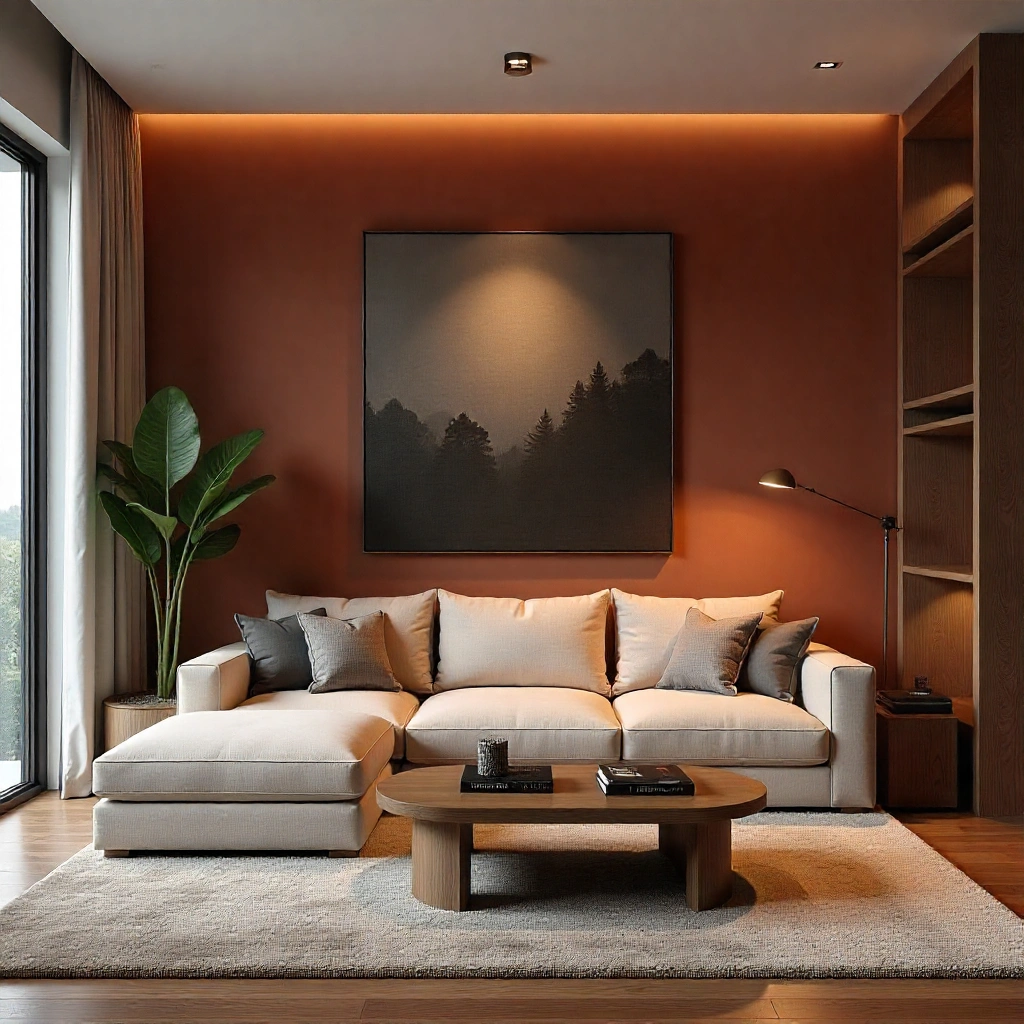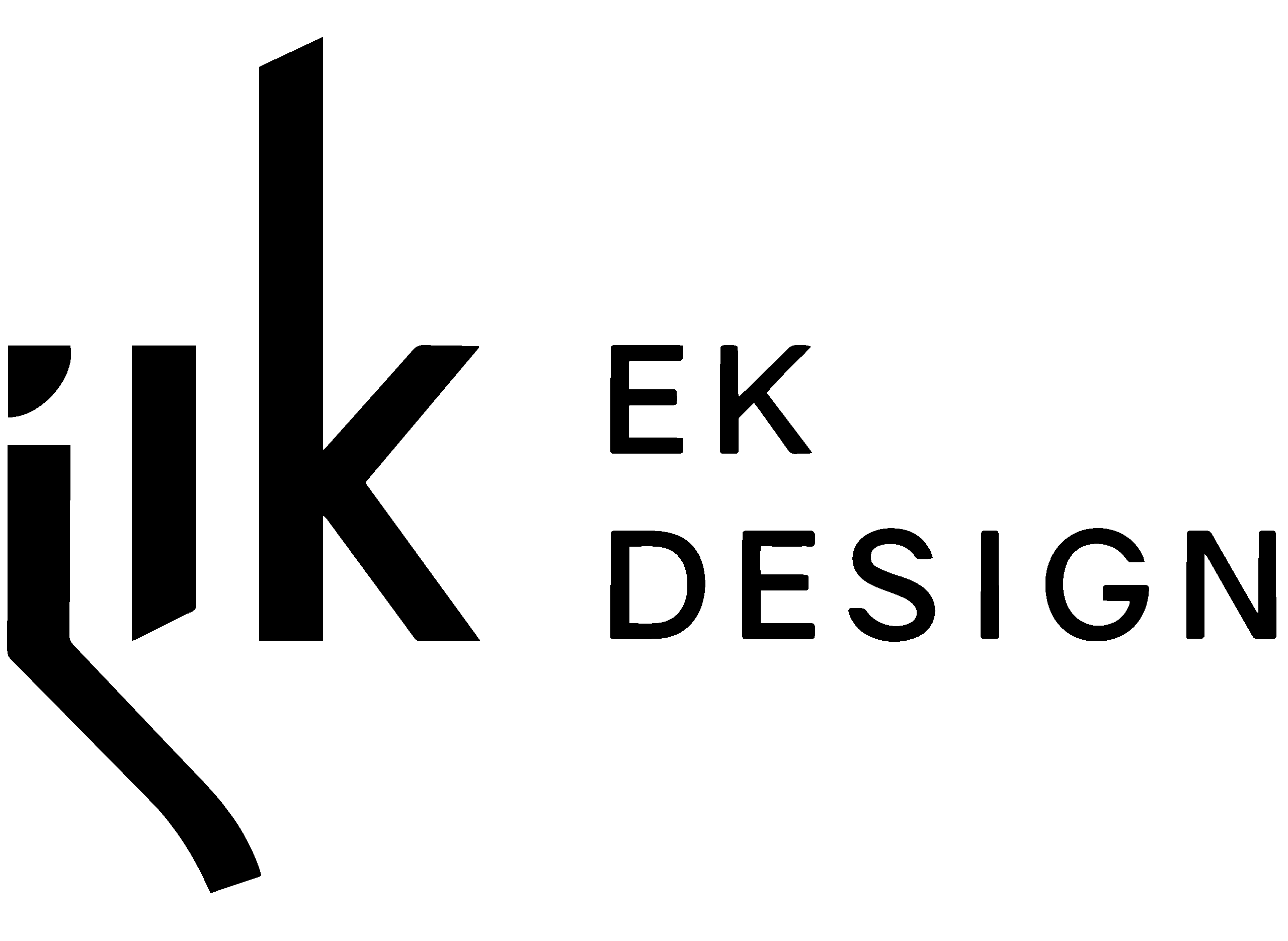
As we move further into 2025, interior design is embracing warmth and functionality with renewed vigor. The furniture we use is no longer just functional; it’s expressive, sustainable, and deeply intertwined with the evolving ideas of interior design. Leading trends show a strong focus on living room furniture that blends natural wood, organic shapes, and tech-savvy features — all set within thoughtful Interior design ideas that balance beauty with comfort. Here’s a deep dive into what’s shaping homes this year:
1. Natural Wood Furniture Takes Center Stage
Natural wood furniture is expected to continue its upward trajectory in 2025, driven by a growing demand for eco-conscious materials and timeless aesthetics. According to Global Growth Insights, the global wood furniture market is projected to reach ₹9.97 lakh crore by 2025, expanding to ₹14.63 lakh crore by 2033, growing at a CAGR of 4.91%
This growth is fueled by:
- 50% rise in FSC-certified wood demand
- 35% increase in modular urban furniture adoption
- 40% consumer preference for eco-furniture
Natural wood furniture, especially rich tones like walnut and live-edge styles, is surging this year. Décor experts highlight a renewed appreciation for tactile warmth and timeless character. Live-edge designs, which incorporate the original edge of the wood slab into furniture, are gaining popularity as statement pieces that bring organic beauty indoors. While the market favors natural wood, rising timber costs (up 25%) and regulatory pressures may challenge affordability and scalability.
2. Living Room Furniture: Comfort Meets Customization
The living room continues to be the heart of every home, and in 2025, its furniture design strikes a perfect balance between comfort, versatility, and personal expression.
Key trends shaping modern living spaces include:
Oversized modular sofas with deep seats and luxurious, plush upholstery
Convertible coffee tables that seamlessly transform into functional workstations
Layered textures such as velvet, boucle, and woven fabrics for added warmth and depth
Earth-inspired tones like terracotta, moss green, and warm browns that promote calm and connection
Designers are increasingly exploring vintage-modern fusion, blending mid-century silhouettes with sleek contemporary materials. Sustainable design remains at the forefront, with reclaimed wood, bamboo, and eco-conscious finishes gaining momentum.
Interestingly, more than 35% of urban households are now investing in compact, multifunctional wooden furniture that adapts to evolving lifestyles and smaller spaces. However, while modularity continues to dominate, it may not always suit traditional or large family homes without thoughtful spatial planning and layout customization.
3. Smart & Multifunctional Furniture: Tech-Integrated Living
Furniture is getting smarter. Smart and multifunctional furniture is a growing tech-integrated living trend driven by demand for convenience, space optimization, and improved well-being in increasingly compact homes. In 2025, the examples of this furniture trend are:
- Self-adjusting sofas with built-in massage features
- Wireless charging tables
- Voice-activated lighting embedded in furniture
This tech-forward approach aligns with broader interior design ideas focused on discreet tech integration and hybrid work-from-home setups. This trend is prominent in both residential and commercial spaces, though it holds a dominant position in the commercial segment. Smart furniture isn’t just about convenience; it’s about creating seamless, intuitive environments. Adoption of such furniture may seem slower in markets with lower tech penetration or among consumers prioritizing artisanal aesthetics.
4. Curved Silhouettes & Organic Shapes
Straight lines are giving way to curves. From crescent-shaped sofas to curved armrest chairs and arched headboards, 2025 favors fluidity over rigidity. Smooth, fluid shapes are becoming key design statements in modern homes. These forms soften spaces, enhance flow, and evoke a sense of calm, especially in living room furniture arrangements.
- Round coffee tables eliminate harsh edges
- A curved or arched top can soften the look of a room
- Curved armchairs create cozy reading nooks
- Organic shapes mimic nature, aligning with biophilic design principles
This trend complements the rise of Japandi and Scandinavian minimalism, where simplicity meets warmth. They create spaces that are calm, functional, and comfortable.
5. Sustainability & Biophilic Design
Interior design ideas in 2025 are deeply rooted in sustainability. Blending nature with interiors remains central. Designers are returning to earthy palettes, such as think terracotta, soft browns & muted greens. This trend also includes designs that are accented by greenery and natural materials like bamboo and stone.
- Furniture made from reclaimed wood, bamboo, and rattan
- Indoor plants integrated into shelving and seating
- Natural finishes and low-VOC materials
This design approach integrates natural elements into built environments to enhance human well-being and connection to nature. Eco-friendly living room furniture is becoming a top priority, with consumers seeking pieces that minimize environmental impact without sacrificing style. Over 40% of global consumers now prioritize environmentally responsible furniture.
6. Bold Colors & Textures
While neutrals still have their place, 2025 is embracing color-drenched rooms and pattern layering. Living room furniture is becoming a canvas for expression:
- Emerald green sofas, burnt orange armchairs, and plum ottomans
- Mixed materials—wood, metal, leather, and velvet
- Statement pieces that anchor the room
Designers are encouraging homeowners to break away from safe palettes and explore combinations that reflect personality and mood.
7. Customization & Artisanal Craftsmanship
Mass-produced furniture is giving way to bespoke designs. Consumers are investing in:
- Handcrafted wood furniture with intricate detailing
- Locally sourced materials
- Custom finishes and modular configurations
This shift is supported by e-commerce platforms offering AR visualization tools and direct-to-consumer customization options, making personalized furniture more accessible.
Final Thought
2025’s living room designs are all about mindful intention – where form meets comfort, natural textures connect spaces to nature, and eco-aware materials shape lasting elegance. Whether you’re refreshing your space or redesigning from scratch, combining elements like natural wood furniture, multifunctional layouts, sculptural focal points, and cozy textures will keep your interiors both stylish and welcoming.
Source:
